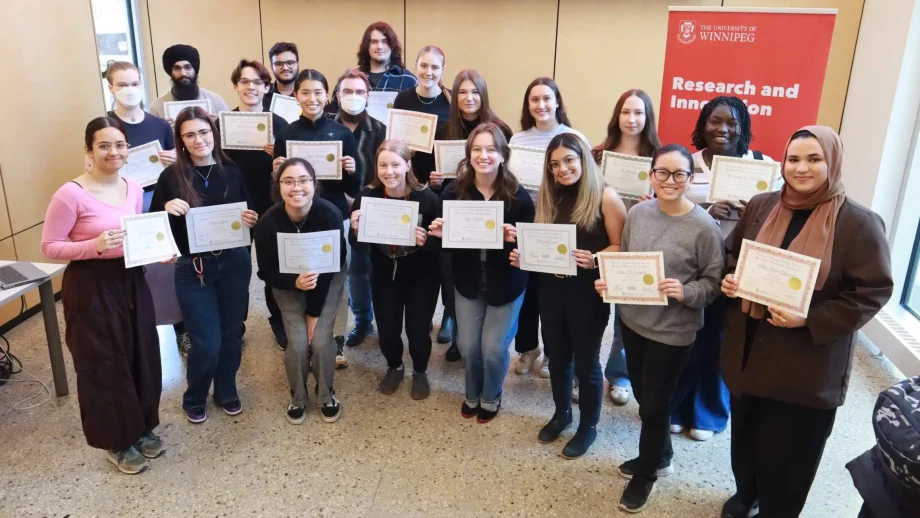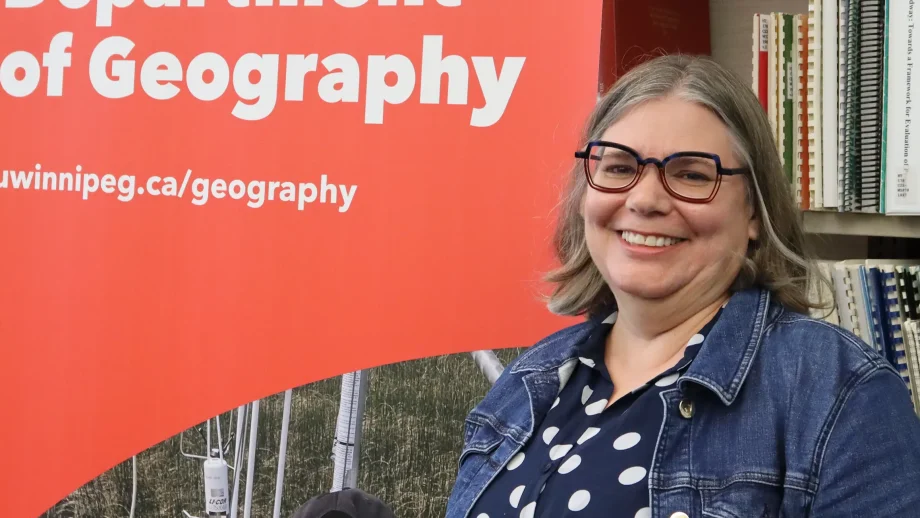WINNIPEG, MB – Dr. Chris Wiebe, Associate Professor of Chemistry at The University of Winnipeg and the Quantum Materials group at UWinnipeg are tackling an important chemistry challenge – how superconductors work – with their third paper poised to appear this month in Nature Materials.
The challenge is to get a superconductor to work at room temperature. ”That would completely change every piece of technology out there,” said Wiebe.
Have you ever noticed that when you run your computer or iPod for a long time that it heats up? That “heat” comes from electrical resistance in the wires. The electrons which are flowing do not travel in perfect straight lines – they bump around inside of the wires, losing energy as heat.
Now, imagine a situation where the electrons did flow perfectly. This would mean no “wasted” heat. The result would be lower electrical bills, more efficient use of natural resources, and less thermal pollution to our environment. This is the dream of superconductivity – materials with zero electrical resistance, and therefore perfect flow of electrons. It would also be the greenest form of energy usage out there.
“These materials do exist, and scientists have been studying them for decades,” said Wiebe. “Unfortunately, a superconductor that works at room temperature has not yet been synthesized by chemists – the best we can do is about -110 degrees C. However, we are getting closer to designing room temperature superconductors by understanding the ingredients that go into them.”
Wiebe is also a member of PRIME – The Prairie Research Institute for Materials and Energy, located in UWinnipeg’s Richardson College for the Environment and Science Complex. “If scientists are able to crack this problem, it would result in a technological breakthrough similar to what the silicon microchip did for computers and modern electronics,” he says.
Wiebe and his team’s paper is entitled “New magnetic phase diagram of (Sr,Ca)2RuO4” by J. P. Carlo et al, and is the culmination of over ten years of research in the materials chemistry and physics of superconducting compounds. http://www.nature.com/nmat/index.html
– 30 –
MEDIA CONTACT
Diane Poulin, Communications Officer, The University of Winnipeg
P: 204.988.7135, E: d.poulin@uwinnipeg.ca





